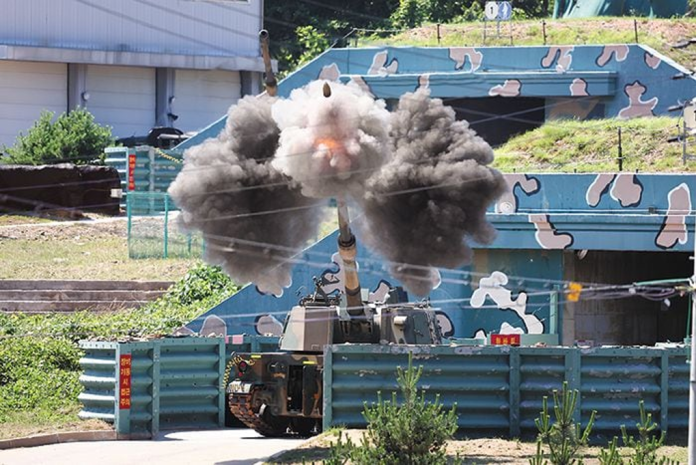On June 26th, the Republic of Korea Marine Corps (ROKMC) conducted a live-fire exercise at its bases on Yeonpyeong and Baekryeong Islands. The exercise marks the first time the ROKMC units conducted a full-scale exercise in the Northwest Islands (NWI) in seven years and comes after South Korea suspended the September 2018 North-South Agreement.
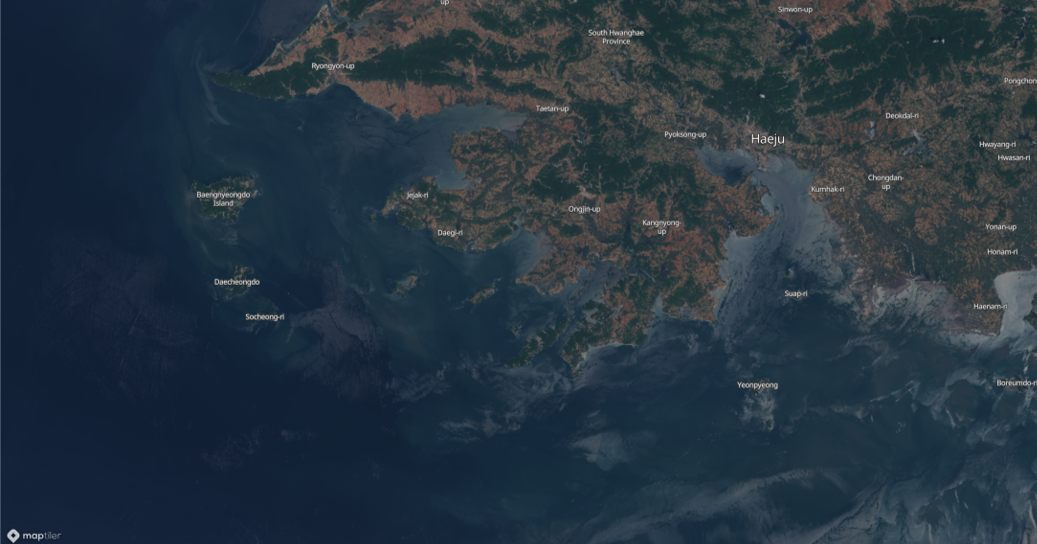
Live-Fire Exercise
The Northwestern Island Defense Command (NWIDC) said the live-fire exercise occurred in the afternoon of the 26th and involved the Marine Corps’ 6th Brigade and the Yeonpyeong Unit. The weapon systems the Marine units used during the training were K-9 Self-Propelled Howitzers (SPH) and the K239 Chunmoo Multiple Rocket Launcher Systems (MRLS). The units also fired the Spike Non-Line of Sight (NLOS) Anti-Tank Guided Missile (ATGM), and Bigung Surface-to-Ship Rocket (SSR) systems. The systems fired a total of 290 rounds at targets in waters southwest of the islands and south of the Northern Limit Line (NLL).
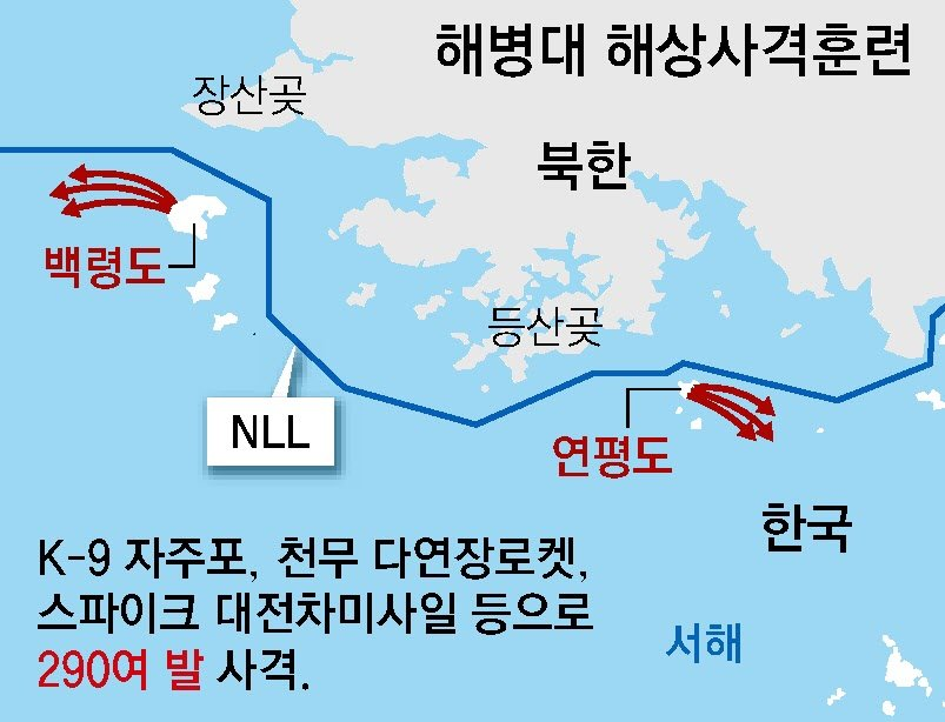
The ROKMC said the exercise was “defensive” and that the U.N. Command Military Armistice Commission observed the drill. The last full scale live-fire exercise that the ROKMC conducted on the islands was in 2017, about one year before North and South Korea signed an agreement in September 2018. Part of the agreement included the creation of a maritime buffer zone around the NLL and banned any live-fire drills as a way to reduce tensions on the Korean Peninsula. South Korea, however, suspended the entire agreement after North Korea launched hundreds of trash balloons and jammed GPS signals near the DMZ and NLL. The Marine units also conducted a limited live-fire exercise on NWI in January 2024 as a response to North Korea’s live-fire exercise involving coastal artillery firing into waters across the NLL.
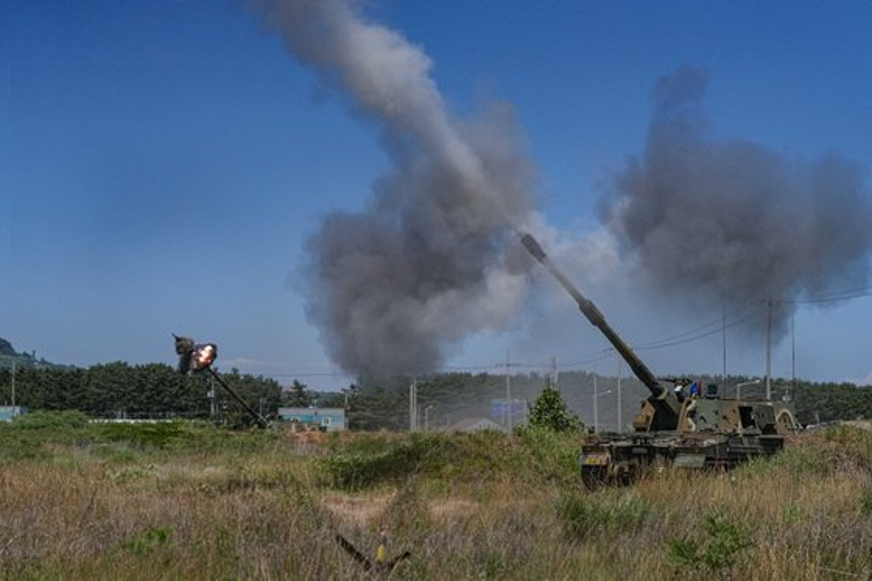
Weapon Systems Used During the Live-Fire Exercise
The K9 SPH fires various 155mm shells of various types, ranging from High Explosive (HE) to Dual-Purpose Improved Conventional Munitions (DPICM), at a rate of six to eight rounds per minute. The SPH has a maximum range of 12 miles to 37 miles (20 to 60 kilometers), depending on the rounds used. The K239 Chunmoo MLRS can utilize various guided and unguided rocket rounds, such as HE and DPICM, ranging from 131mm to 293mm. The K239 is also capable of using the same munitions as the M270 MRLS or HIMARS. The Chunmoo has a maximum range of 22 to 80 miles (36 to 50 kilometers) and can destroy an area three times the size of a soccer field.
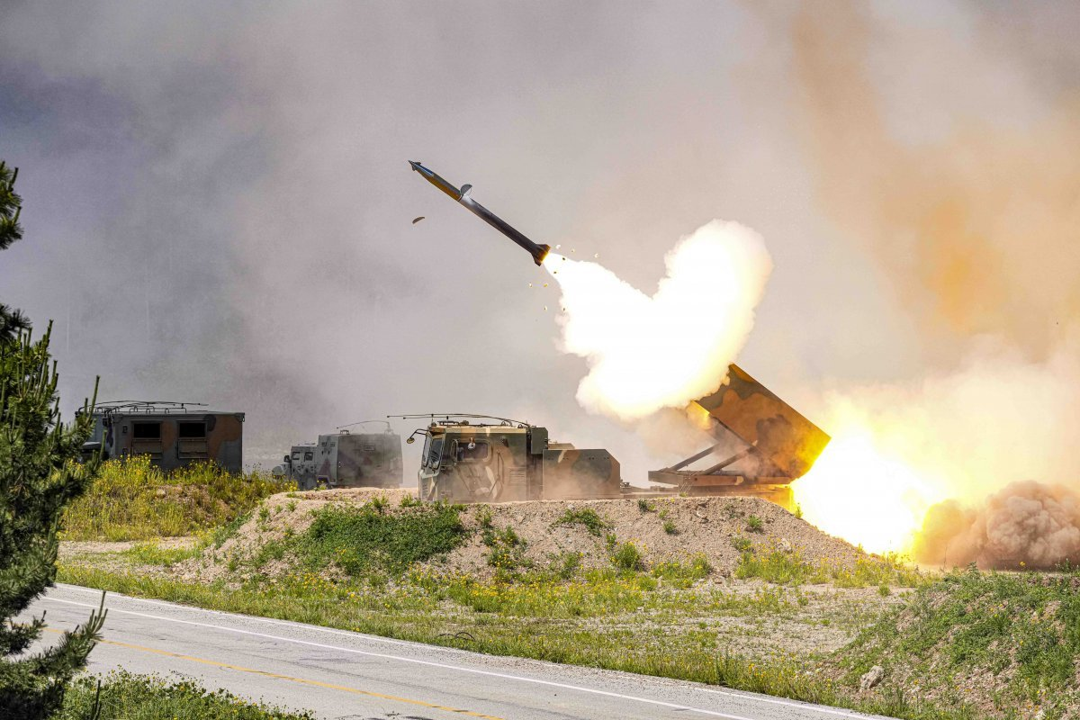
The Spike ATGM can fire tandem-charge High Explosive Anti-Tank rounds that the operator guides to targets using radio frequencies. The ATGM has a range of between 0.37 miles and 16 miles (600 to 25,000 meters). The ROKMC mounted the missile’s Mk. 5 launch system onto Plasan Sand Cat light vehicles for increased mobility and survivability. The Bigung SSR system uses 2.75-inch (70 mm) rockets that use information supplied to the rocket and infrared to guide itself to targets. The system consists of two 18-round containers and its targeting sensors that are mounted on the back of 6×6 trucks. The Bigung has a maximum range of eight miles (five kilometers).
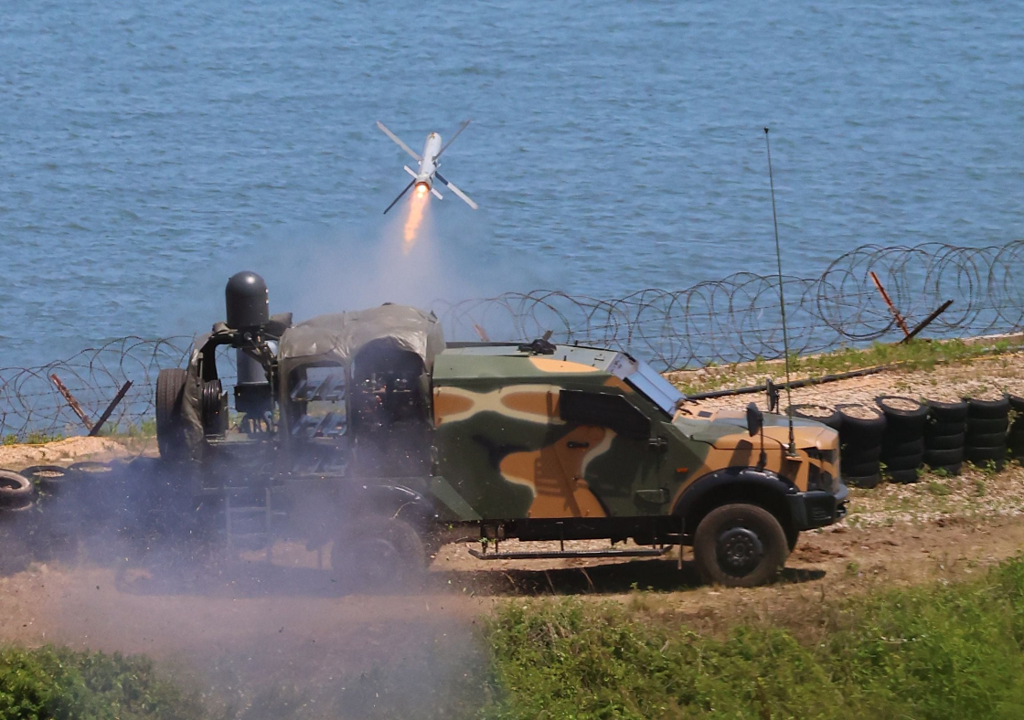
Exercises Will Enhance Units’ Readiness but Could Increase Likelihood of Attack
The live-fire exercise allows the Marine units on the two islands to increase their readiness to effectively respond to any attack by North Korea. However, the exercises could increase the possibility that North Korea would conduct its own exercises or target the islands as part of a provocative act. The ROKMC deployed various weapon systems to the islands to provide them with several options to target and destroy North Korean artillery positions. For example, the K-9 SPH allows the units to rapidly conduct counter-battery fire against North Korean artillery targets located along the North Korean coast. Furthermore, the SPH is the most numerous weapon system the ROKMC deployed to the NWI to provide the units with the ability to rapidly strike targets. The K239 Chunmoo provides the units with the ability to conduct saturation and precision fires to destroy North Korean artillery or MRLS that would participate in any attack.
The Marine units would also certainly use the Spike ATGMs to strike against North Korean artillery positions along the coast of Hwanghae Province. The missiles would destroy the position’s doorways, collapse the tunnels or bunkers, or destroy the artillery pieces within. The units based on the islands would use the Bigung to defend the islands against any swarm attacks conducted against North Korean Fast Inshore Attack Craft, landing craft, and naval vessels.
The NWIDC said, however, that they will continue to push to enhance the units’ firepower and readiness using regular maritime firing exercises. The Marine units based on the islands could increase the frequency of the exercises and possibly expand the target areas. The ROKMC could also decide to increase the assets stationed on the island to include an amphibious version of the LAH light attack or MAH-1 marine attack helicopter. This would significantly increase the NWIDC’s long-range surveillance and targeting capabilities, as well as add another strike option.
North Korea would use the live-fire exercises as a reason to conduct its own live-fire exercises or target the NWI. North Korea would rationalize the exercises as a response to the South Korean exercises or other incidents they view as crossing their perceived red lines. Another reason is that North Korea can use the live-fire exercises as a way to increase tensions with South Korea without risking a wider escalation. However, North Korea could use the exercises to target the islands in a similar way as it did at Yeonpyeong in 2010. North Korea used the ROKMC’s live-fire exercise as an excuse for the Yeonpyeong attack, even though the rounds from the exercise landed in areas of the NWI’s southwest. The North Korean artillery and MRLS destroyed or heavily damaged houses and infrastructure. The attack also resulted in the deaths of two South Korean Marines and two construction workers, as well as injuring 16 other Marines.

